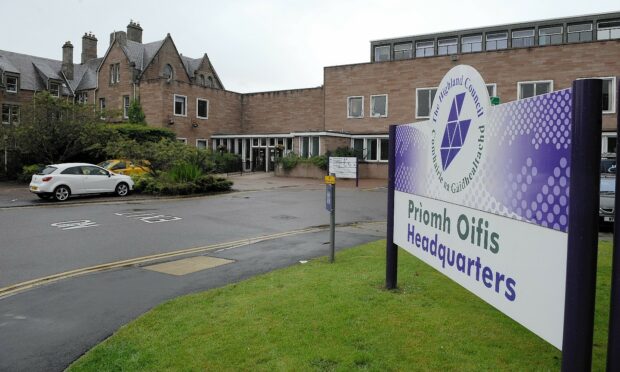More than £8million will be spent by Highland and Moray councils to maintain their renewable heating systems over the next four years.
This includes biomass, gas combined heat and power systems and ground and air source heat pumps in non-domestic properties.
A spokeswoman for the Highland Council-led scheme stressed that it does not apply to maintaining heating systems installed in council houses across the regions.
The two contacts have been advertised and their value is for the complete operation of the technology and the cost includes all biomass fuel.
Highland Council will spend an estimated £7.5million while spending by Moray Council will be £600,000.
The Highland Council spokeswoman added that the spending is “consistent” with the previous 10 year period in which these renewable systems have been phased into council buildings in line with reducing carbon emissions.
The time limit for receipt of tenders or requests to participate is June 22.
In February last year, it emerged that Highland Council had been flooded with complaints about its own flagship multimillion-pound heating scheme for council house tenants across the north.
Scores of council house tenants rejected the new heating systems amid fears they would be hit with higher bills.
The problems meant they were expecting to spend nearly £10million under a £40million budget allocated for its energy efficiency programmes.
But councillors raised concerns that residents were either being missed out or not being given enough information, and many more were opting out and rejecting the heaters and were unhappy about not receiving the heating they would have preferred.
The council also received complaints over the quality of work and effectiveness of heating installed, with tenants finding the heating systems more expensive to run than anticipated.
The new heating systems ranged from biomass to solid fuel replacement heaters.










